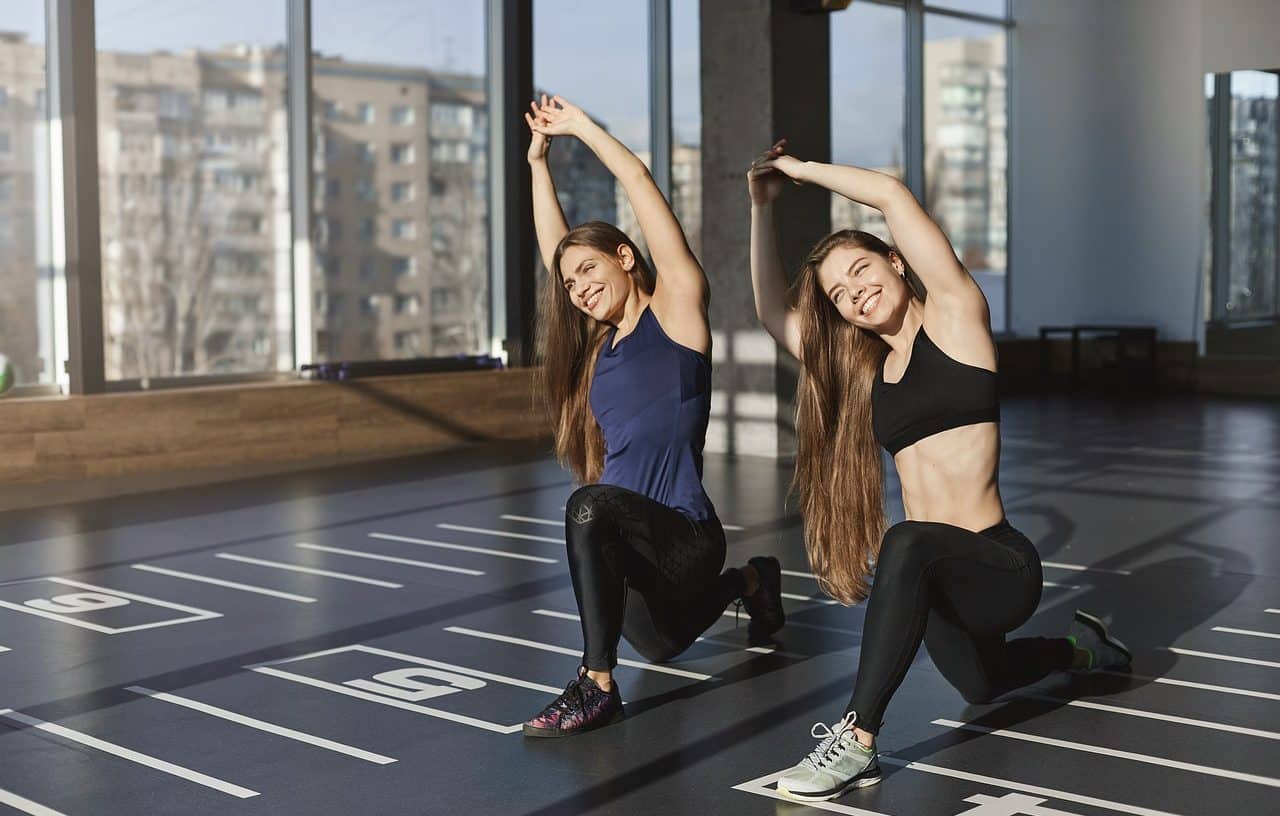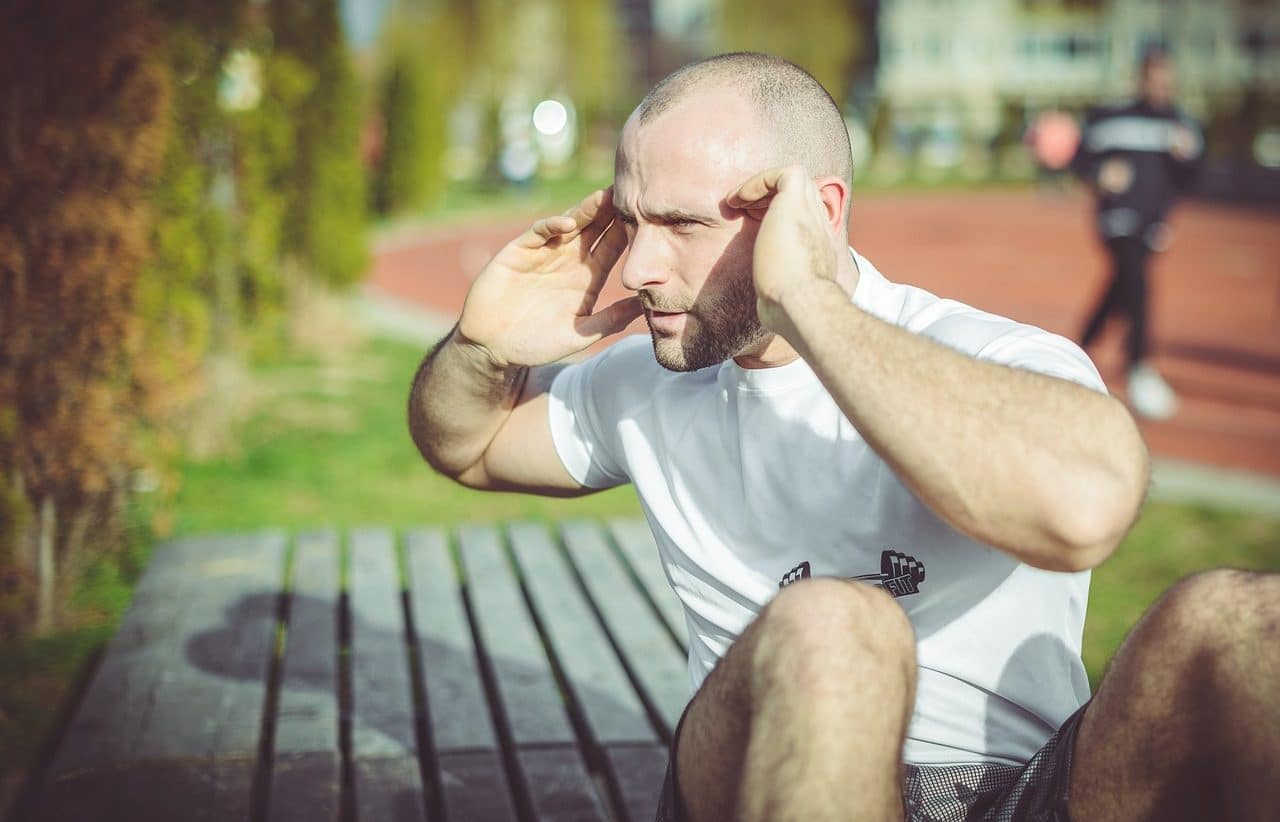
Joint mobility is part of physical capabilities.
Physical capabilities are the conditions that an organism presents, generally associated with the development of a certain activity or action . These physical abilities are determined by genetics, although they can be perfected through training.
It should be noted that a capacity is a quality or a condition. The physical , for its part, is that linked to the material or the body.
Types of physical abilities
It is possible to differentiate between conditional physical capabilities and coordinative physical capabilities . Conditional abilities are speed , strength , endurance and flexibility . This means that conditional physical abilities are linked to the possibility of performing a movement in the shortest amount of time possible, of overcoming resistance thanks to tension, of maintaining an effort over time or of reaching the maximum possible distance of a joint.
Coordinative physical capabilities , for their part, are those that allow the disposition of actions in an orderly manner to achieve a goal. Reaction , rhythm , balance , orientation , adaptation , differentiation and synchronization or coupling are part of this class of physical abilities.

Functional training helps develop physical capabilities.
Possibilities and limits
It can be said, in short, that physical abilities determine the motor performance of an individual. To improve performance in a sport , therefore, work must be done to optimize physical capabilities through specific exercises. In this way it is possible to improve speed, strength , balance, reaction, etc.
It is important to keep in mind, however, that physical abilities also establish a limit set by genes that cannot be overcome with training : no person can run at two hundred kilometers per hour no matter how much they train.
The limits of physical capabilities are one of the most recurring topics of debate among specialists in various fields in which the use of the body is essential to achieve objectives, such as sports and artistic disciplines such as dancing, singing and the execution of an instrument. On the one hand there are those who assure that we all have a limit , different in each individual, while others firmly believe that with effort and dedication we could all achieve the same goals.

Sit-ups and push-ups improve certain physical abilities.
Physical abilities and training
Training and perfecting physical abilities make a huge difference between the possibilities that natural talent gives us and those that open up to us once we have access to technical knowledge. Let's take the case of singers: in popular music, it is common for them to use their natural gifts to sing their songs, applying their own style but without many technical foundations; In academic music, on the other hand, the display of skill that can take place in a recital is on a much higher plane.
This is where many of the points of confrontation and debate arise, since some people refuse to study technique for fear of conditioning their creativity, while others do not hesitate because they want to make the most of their physical abilities. As in many other similar topics, all opinions are valid as long as each one reaches fullness.
For those who do recognize differences in the physical capabilities of each individual, limits are not always understood as a measure to assess potential but rather as a series of data that can help us find the most appropriate path for us. For example, a person with a light, low-volume voice has more affinity with baroque music than with an opera by Richard Wagner , in the same way that someone with a large build and height probably feels more comfortable doing rough sports than trying their luck. in contortionism.
Some examples
Let's take the case of a young woman who wants to develop a career in the field of artistic gymnastics. To achieve this, you will have to develop your agility and coordination .
If we think of an athlete who aspires to succeed in the 100 meter dash, he will have to optimize his reaction time , explosive strength and sprint . Instead, a marathon runner must improve their aerobic capacity and do resistance training .
It should be considered that the most relevant physical abilities differ depending on the discipline. That is why those who practice swimming do not train in the same way as those who cycle. At the same time, there are issues that all athletes must attend to, such as stretching and muscle recovery .
As we already indicated above, there are physical abilities determined by genetics that cannot be modified and that make a person have more or fewer resources to carry out certain activities. For example, a young person who is 1.60 meters tall is likely to have a harder time succeeding in basketball than someone who is 2.05 meters tall. This is because the objective of this sport is to pocket the ball (ball) in a hoop (basket) that is 3.05 meters high; Therefore, being tall is an advantage.
